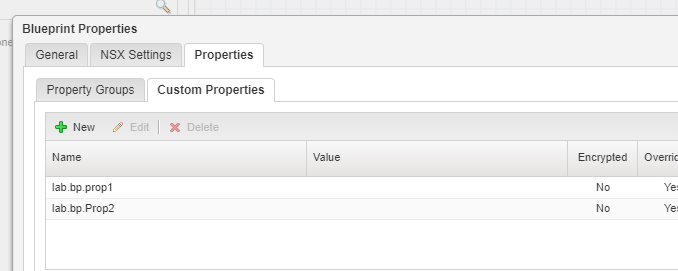After recently doing some work on/with the vRealize Automation plugin for Jenkins, I got to thinking about doing the reverse of what it does and publishing Jenkins projects in vRA using XaaS. So, I’ve put together a vRO package to support this. The plugin will support builds that don’t have any parameters, as well as ones with (simple) parameters.
Part of the thinking here is some folks want to leverage already existing Jenkins projects with the vRA Jenkins plugin, but then also want to be able to do Day 2 operations. Rather than having them log into both interfaces, this provides a way to call the Jenkins project and handle Day 2 ops from the same interface. This set of workflows also supports the use of multiple Jenkins instances through the use of the REST host name as a parameter, while also having an option for a default host to use if one is not specified as a parameter.
The package file containing the workflows is available here. Or if you’re using vRealize Lifecycle Manager you should be able to add it as content and pull it from the GitLab repo ( https://gitlab.com/vcaptain/jenkins-vro).
The rest of this is going to be a walk-through of setting up a target host and a couple of examples using it.
Set Up
There are two workflows for setting up the REST Operations. One (add Jenkins Rest Operations) just creates the operations on an already existing RESTHost. The other (Add a Jenkins REST host and Operations) creates the RESTHost prior to adding the operations.



Once the operations have been added to a host you should see something similar to the image below in the vRO inventory.

Continue reading “A vRealize Orchestrator/Automation Plugin for using Jenkins via XaaS”











 {
{
